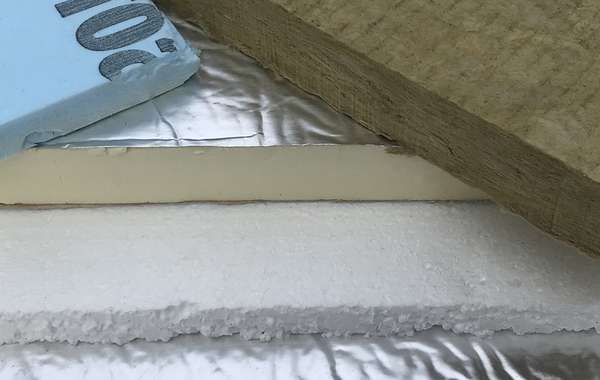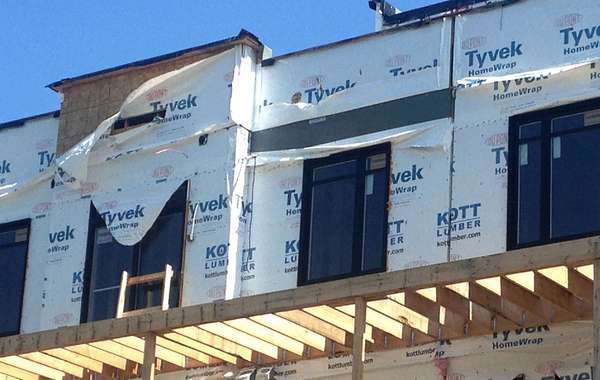Which type of exterior insulation to use on a house?
I want to first off thank you for taking the time to read this and hopefully provide some help. I've watched the great videos on here and just want to ensure I'm understanding everything completely before I go ahead and purchase/install the exterior insulation.
a little info on the existing house:
Its' in Northern Ontario , Canada. Atikokan to be specific.
The house has a brick front (which I won't be adding insulation to)
the other 3 sides a 2x4 framed , cavities filled with batt insulation and old 3 mil vapour barrier inside
The 2x4 framing is actually sheathed with a buffalo board type of material on the exterior rather than OSB (I'm assuming the builders saved a few dollars by using such a bad material?)
There is old aluminum siding which I am planning to remove at which time I want to add rigid insulation and then vinyl siding
My questions are the following....
Which rigid insulation would be best for this application. My main concern is vapour/moisture issues between the rigid insulation and buffalo board.
My original plan was to remove aluminum siding. Apply a "Tyvek" wrap, fasten 1.5" rigid to the studs. Then apply a royal building (brand) vinyl siding directly on top of the rigid insulation using 3" fasteners.
please let me know which product you would recommend for this type of application and if I am misunderstanding any of the steps needed to do this correctly .
Once again, thank you very much for taking the time to read this and also hopefully provide some insight.






















To find the best exterior insulation to use when renovating old homes, we often recommend Mineral wool (often referred to as Roxul or Rockwool). We like it for the very reasons you mention, that it isn’t harmed by moisture and it lets moisture pass right through it. Here is the page you really need to read though, all about the various options for exterior rigid insulation so you know the characteristics of each –
Choosing the best exterior rigid insulation for renovating old home exteriors
Choosing insulation that won’t trap moisture is important, and after than be sure that you design your wall assembly in a way that it can dry to the exterior. Here is our page about how to install exterior siding so it can dry.
You also mention using Tyvek, I would also point you to this page about choosing exterior weather barriers (WRBs), as it could be a good opportunity to do an air barrier as well, which is a really good upgrade to do with older houses when you are doing energy efficient renovations, since rarely do older homes have a proper air barrier. If those pages don’t answer all your questions please write us back, they may even inspire a new volley of questions which is fine too.